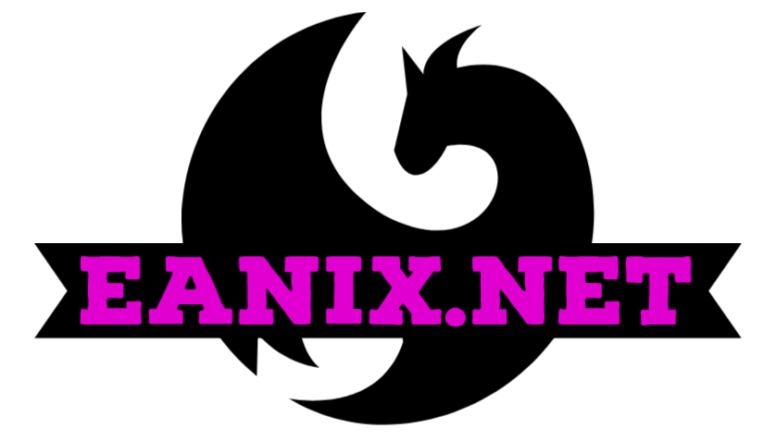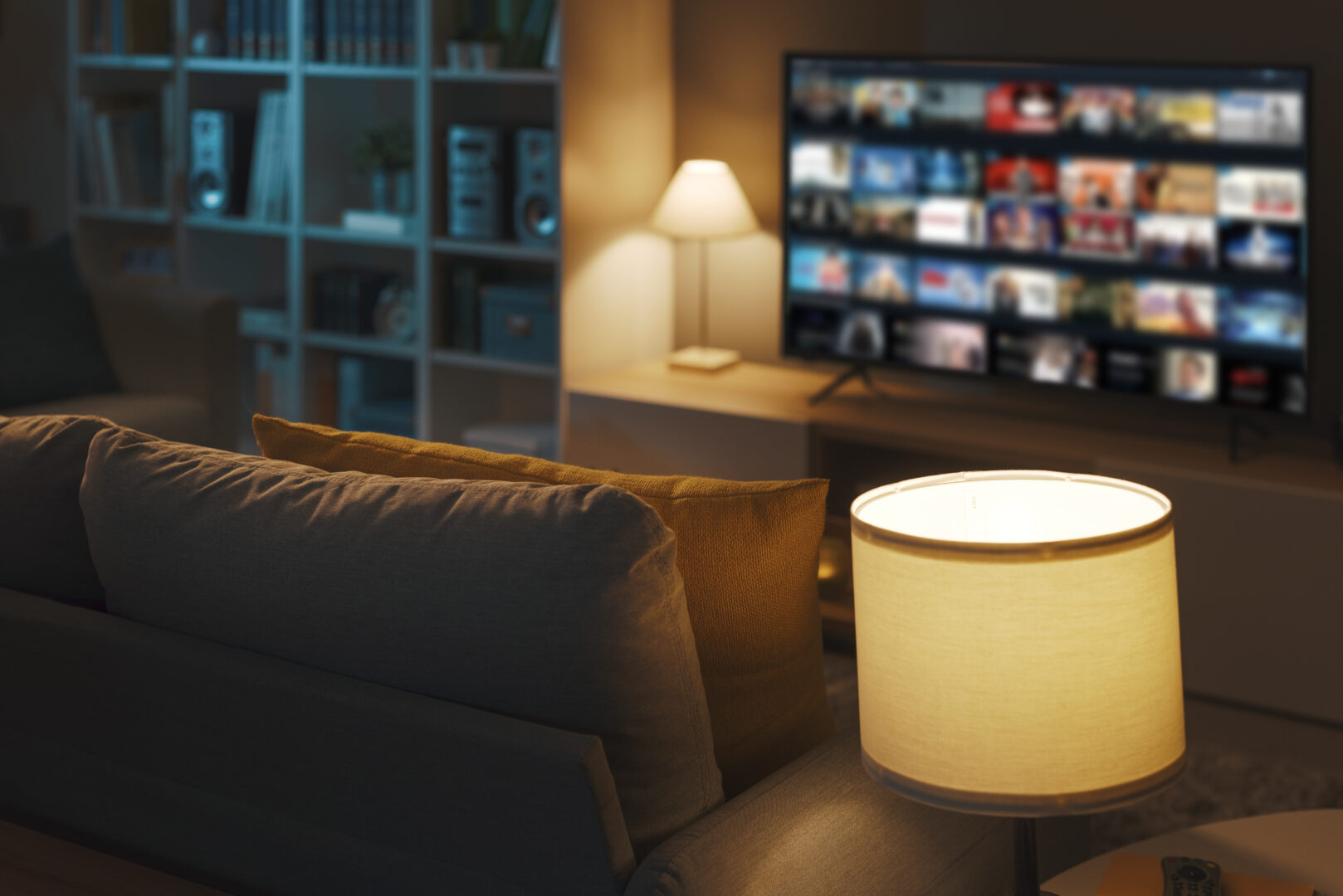Home Media Library
Introduction
A lot has changed over the years since the Bluray’s release. The media industry has shifted from a mostly program-based model to a self-service streaming model. With it exists a community that many would consider underground, but those that do it have excellent reason to do so.
Families with children are often buying them tablets that have Netflix or even Amazon Prime. While kid versions exist, you can’t truly control the content that they watch once you unleash them onto the device. It would require you to constantly stay in the know of any changes and to essentially pre-watch everything they do, while not letting them find anything themselves.
It’s not all about the kids, though. For myself, before streaming came out, but after my Hauppauge capture card no longer was useful, I obtained my movies and TV shows through questionable (but at the time claimed-legal) means. I had a satellite subscription and even had a case with the BBB over the tactics used by our satellite provider, where they never said anything about the box being a lease, charged $200 upfront, and expected it back. I of course remember it as a win, because they changed their website following the report. I did it though because the DVR’s at the time didn’t work well, had limited capacity, and still left me with the dreaded commercials. The Hopper of course did help with this with commercial skip, but that at the time was not available to me and only worked so well, so I hear. For me, I wanted to be able to drag my movie over to the TV that was about 10ft away so that I could play video games and have the television on in the background. It was so much easier to hit a few keys on my computer than it was to fiddle with a remote control. I could even control it with my cell phone, or play it in the other room, had I wanted.
So what’s today’s alternative? A Home Media Library, almost exactly like I described above that was for personal use. Most of the content is curated from the internet, but coincides with having a physical copy of the disk purchased. Some have the technical capability to backup their discs to a NAS (Network Attached Storage) which serves the whole family’s media collection. This currently takes a little bit of technical know-how, but with Eanix the idea is to bring that to the modern household. Just like the elite get copies of movies on hard drives to watch in their home theaters, modern families would be able to watch in their living rooms or individually throughout the house. This could even be done at the same time for the same video with a watch party, bringing families closer together again while everyone does their own thing.
The idea is to completely control the content available to your household by running your own catalog for your family, with support for ultra HD 4K content on any device, even away from the home. The content is protected by the 4th Amendment, and you could technically even include home videos to show off at the Christmas parties.
JellyFin
One of the truly free and open source options available is Jellyfin. It has a wide range of features including movies, music, live TV, and SyncPlay. It runs on your home server and easily makes available your content collection to others in your family/household.


Plex
The other option is Plex. It works slightly differently and is connected to the cloud, with an optional monthly subscription that gives you access to additional features. It covers most of the same features as JellyFin and has a few of it’s own, including better support for transcoding and streaming at multiple bitrates, from what I hear.
Legal Hurdles
While a home media library is common for hundreds of thousands of people throughout the United States, there exists a few legal hurdles that have yet to be addressed. For one, making copies of discs is illegal, with up to a $250,000 fine. Eanix’s purpose is, in part, to resolve this hurdle and to give consumers the freedom that VHS once offered, without the unethical methods currently employed that further distances the self-hosted user base from the owners of copyright and the law. We have to remember that the freedom for developers to get inspired and create is what built the internet as we know it. PHP, Apache, Linux, and MySQL, aka the LAMP stack, is the most widely known open source stack in the world and what helped shape modern culture. WordPress, for example, is completely open source and runs over 40% of the internet.
Hollywood will be fighting it and will most certainly not go down without a fight, but there hasn’t been any headway on consumer rights for American media for decades. Meanwhile, we have gradually let them eat away at our rights both online and offline, with some laws even affecting our free speech. In fact, there doesn’t appear to even be any special taxes against Hollywood, unlike the internet and mobile phones, which have additional taxes tacked on in their favor. You can find more information on this legal battle on Wikipedia by researching copyright.

